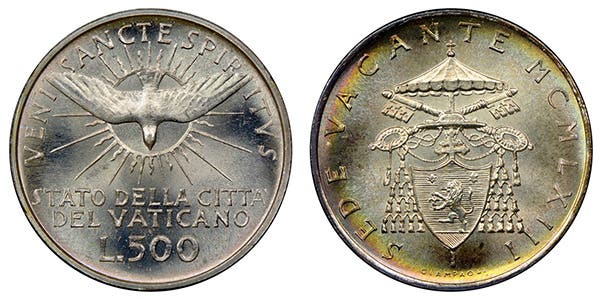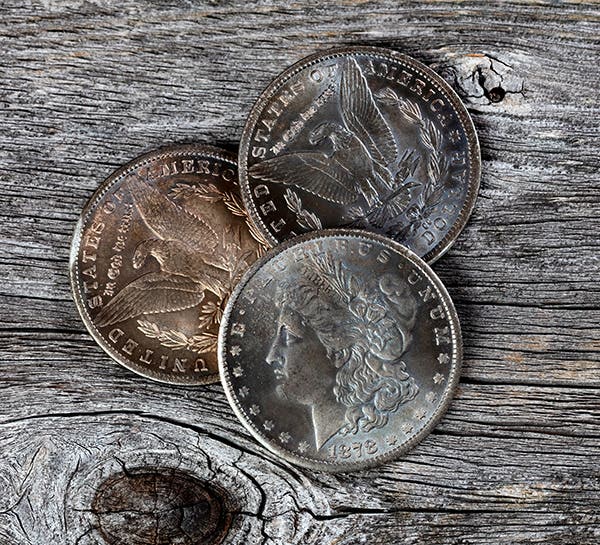1873 Trade dollar is often overlooked
Trade dollars tend to be overlooked, and the 1873 tends to be more overlooked than most. It was the very first Trade dollar, a fact that should get it some…
Trade dollars tend to be overlooked, and the 1873 tends to be more overlooked than most. It was the very first Trade dollar, a fact that should get it some attention.
The story of the Trade dollar goes back further than 1873. In fact, it probably goes back to about 1794, when the first U.S. silver dollar was produced. From the beginning, people wanted to ship them somewhere and make a profit, and that is exactly what happened.
As decades went by, the idea of trading with other nations grew. The U.S. silver dollar always seemed to be right in the center of this idea. This was helped along by the fact that China was then seen as a great potential market.
The Chinese, however, had a peculiar trait. They wanted silver. This was frustrating, as California had gold but not a lot of silver. Of course, there was Nevada, where a small fortune in silver had been discovered in the form of the Comstock Lode. In fact, there was so much silver in Nevada that it was threatening the price.
Trade dollars became a classic case of trying to kill two birds with one stone. A larger silver dollar might please the Chinese, which would in turn please the merchants; and using silver would please the mine owners, as this would help to support the price.
This combination of factors led to approval of the Trade dollar. At 420 grains of .900 fine silver, it was slightly larger than a regular silver dollar. It was not really supposed to circulate in the United States; the idea was to ship them to China.
Since legislation authorizing Trade dollars was passed early in 1873, mintage totals were bound to be lower than average, as there was less than a full year to make the new coins. The 1873 Trade dollar from Philadelphia had a total mintage of 397,500, which was actually well below San Francisco’s total of 703,000 for the same year.
Of course, in Philadelphia the Trade dollar had to be seen as a somewhat uncertain item. To be shipped to China, they would first need to be shipped across the country and then loaded on boats to sail across the Pacific.
The 1873 would be one of the lower mintage Trade dollars, although certainly not the lowest. (That would be the 1878-CC, assuming we do not include proof-only dates.) Less important than the mintage totals, however, is what happened to that mintage. The longtime belief is that dates from the first couple of years were heavily exported. If that is true, many were lost forever or, at best, returned with chop marks from Chinese merchants.
Today, at $100 in G-4 condition, we find that the 1873 seems to be correctly priced based on its mintage. It lists for $900 in MS-60 which, while high for a Philadelphia date, also seems correct.
In MS-65, however, the price jumps to $11,000. While this is certainly not an available date price, it does suggest that the 1873 is more available than most dates in that condition.
In the case of Trade dollars, however, everything is relative. The Professional Coin Grading Service reports a total of 18 examples seen in MS-65 or better condition, while the Numismatic Guaranty Corporation total stands at eight.
With a combined total of just 26 coins between the two grading services in MS-65 condition or better, and a listing price of $11,000, you can suddenly appreciate that the 1873 Trade dollar, while possibly only an average date in MS-65, still looks like a very good deal.
This article was originally printed in Numismatic News. >> Subscribe today.
More Collecting Resources
• The 1800s were a time of change for many, including in coin production. See how coin designs grew during the time period in the Standard Catalog of World Coins, 1801-1900 .
• When it comes to specialized world paper money issues, nothing can top the Standard Catalog of World Paper Money, Specialized Issues .








